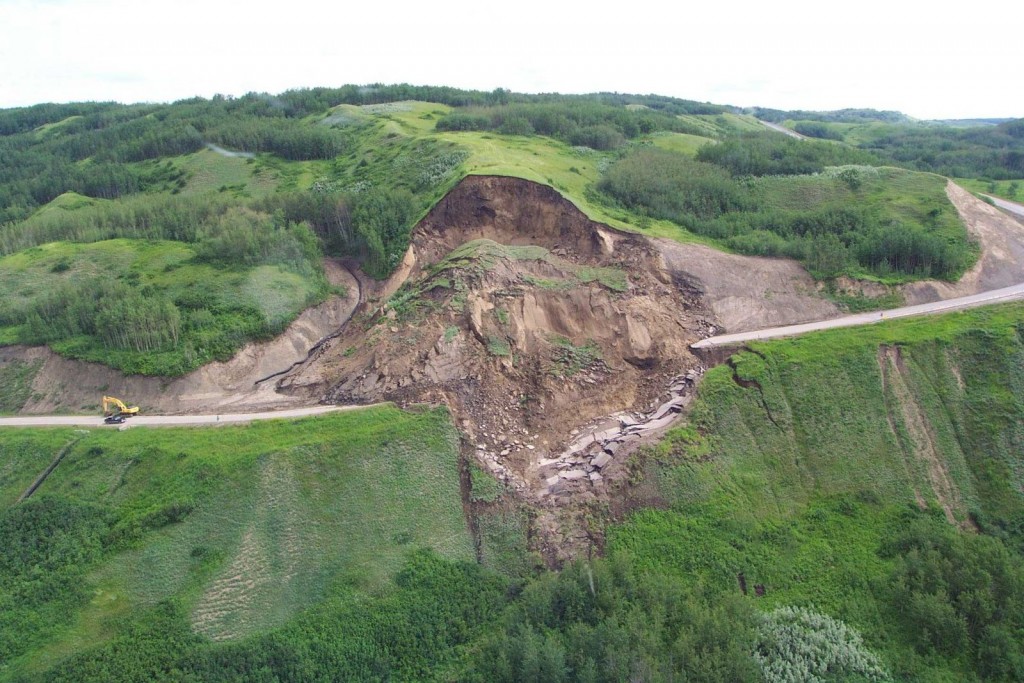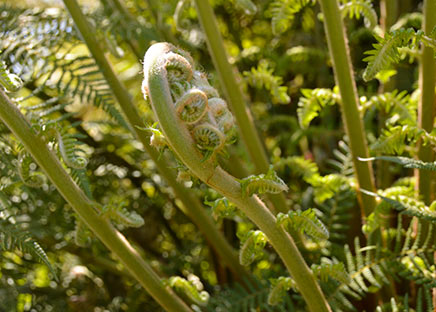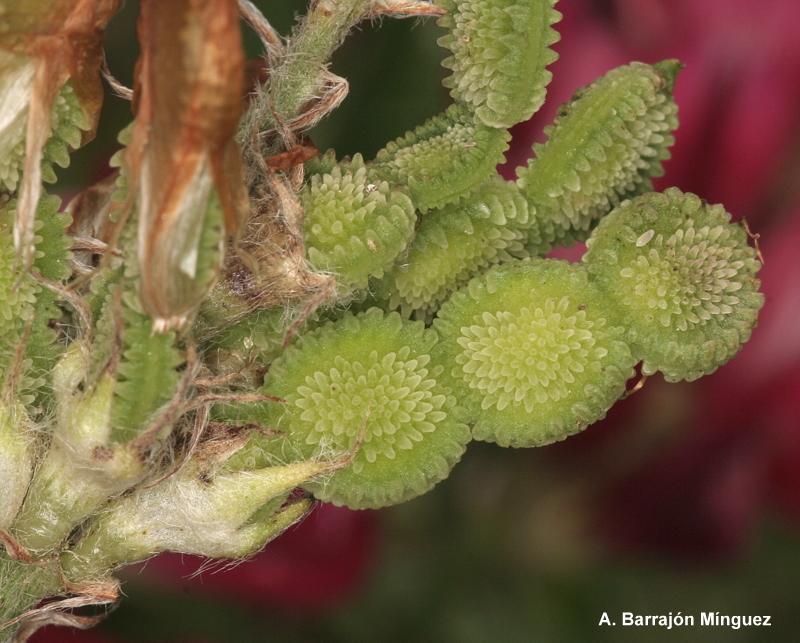François Djitie Kouatcho, Augustave Kenfack, Ferdinand Ngoula, Alexis Teguia
Department of Biological Science, Faculty of Science, University of Ngaoundéré, Cameroon
Department of Animal Science, Faculty of Agronomy and Agricultural Science, University of Dschang, Cameroon
Key words: Sexual Maturity, Hormones, Testes morphometry, Semen, Quail.
Abstract
 With the aim to investigate age at sexual maturity in male quail in the Western Highlands of Cameroon, a study was conducted on 68 quails of 4 weeks old. Data were collected during 14 weeks on FSH, LH and testosterone levels as well as testes and semen characteristics. FSH and LH rate were similar and higher from 6 to 15 weeks old. Highest testosterone levels were recorded on 15 (2.25 ng/ml) and 18 (2.62 ng/ml) weeks old quails. Testes weight, height, diameter as well as gonadosomatic index recorded from 12 to 18 weeks old were similar but significantly higher than others. Morphometric characteristics of seminiferous tubules at 6 and 9 weeks old were similar but significantly lower than later values. Comparable sizes of seminiferous tubules circumference and germinal epithelium height were noticed from 15 weeks old. Histological analysis of testes sections showed fully developed and active seminiferous tubules from week 12 but, spermatogenic activity was more pronounced at week 15. Mass and individual motilities were comparable with quail age. However, the highest sperm count was recorded at 12 weeks old compared to later values. It has been concluded that age at sexual maturity in male quail could be situated around 12 weeks in the context of the Western Highlands of Cameroon.
With the aim to investigate age at sexual maturity in male quail in the Western Highlands of Cameroon, a study was conducted on 68 quails of 4 weeks old. Data were collected during 14 weeks on FSH, LH and testosterone levels as well as testes and semen characteristics. FSH and LH rate were similar and higher from 6 to 15 weeks old. Highest testosterone levels were recorded on 15 (2.25 ng/ml) and 18 (2.62 ng/ml) weeks old quails. Testes weight, height, diameter as well as gonadosomatic index recorded from 12 to 18 weeks old were similar but significantly higher than others. Morphometric characteristics of seminiferous tubules at 6 and 9 weeks old were similar but significantly lower than later values. Comparable sizes of seminiferous tubules circumference and germinal epithelium height were noticed from 15 weeks old. Histological analysis of testes sections showed fully developed and active seminiferous tubules from week 12 but, spermatogenic activity was more pronounced at week 15. Mass and individual motilities were comparable with quail age. However, the highest sperm count was recorded at 12 weeks old compared to later values. It has been concluded that age at sexual maturity in male quail could be situated around 12 weeks in the context of the Western Highlands of Cameroon.
Source:
- In French: http://worddirection.com/maturite-sexuelle-prediction-basee-sur-le-sperme-les-testicules-et-les-profils-hormonaux-caracteristiques-en-male-caille-de-coturnix-garsault-1764-dans-les-highlands-de-louest-du-cameroun-fren/
- In Turkish: http://worddirection.com/cinsel-olgunluga-tahmin-hormonal-profilleri-testis-ve-meni-bildircinlarda-erkek-coturnix-garsault-1764-kamerun-bati-daglik-ozelliklerine-gore-turkish/
- In Portuguese: http://worddirection.com/previsao-de-maturidade-sexual-baseado-no-semen-testiculos-e-perfis-hormonais-caracteristicas-no-masculino-codorniz-coturnix-garsault-1764-no-planalto-ocidental-dos-camaroes-portuguese/
- In Indonesian: http://worddirection.com/kematangan-seksual-prediksi-didasarkan-pada-profil-hormonal-testis-dan-semen-karakteristik-dalam-laki-laki-coturnix-puyuh-garsault-1764-di-dataran-tinggi-barat-kamerun-indonesian/
- In Spanish: http://worddirection.com/prediccion-de-la-madurez-sexual-basado-en-el-esperma-los-testiculos-y-los-perfiles-hormonales-caracteristicas-de-hombre-codorniz-coturnix-garsault-1764-en-el-altiplano-occidental-de-camerun-span/
* Pdf: http://www.innspub.net/wp-content/uploads/2015/10/IJAAR-V7No4-p143-154.pdf



